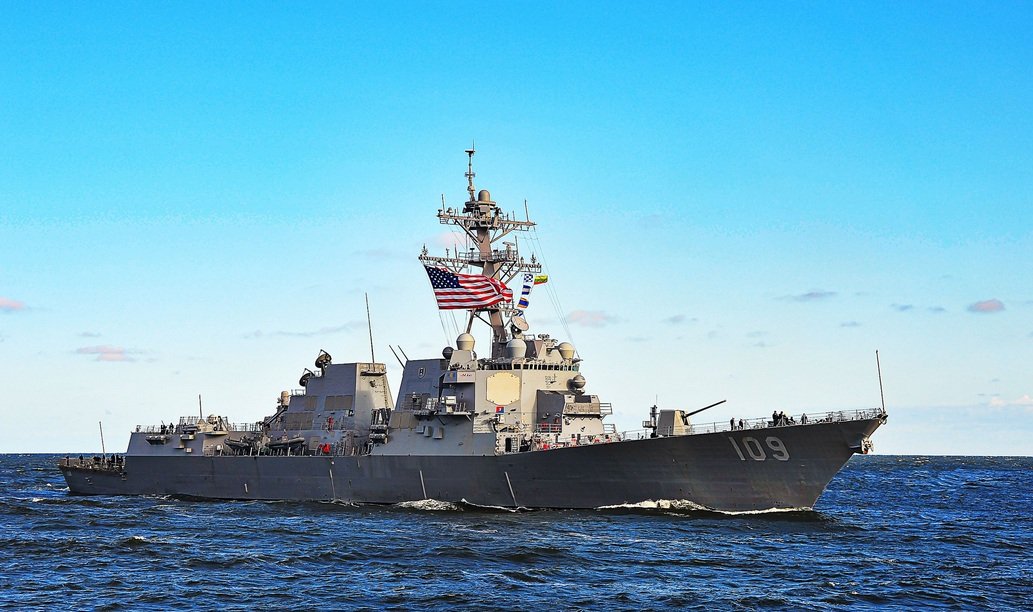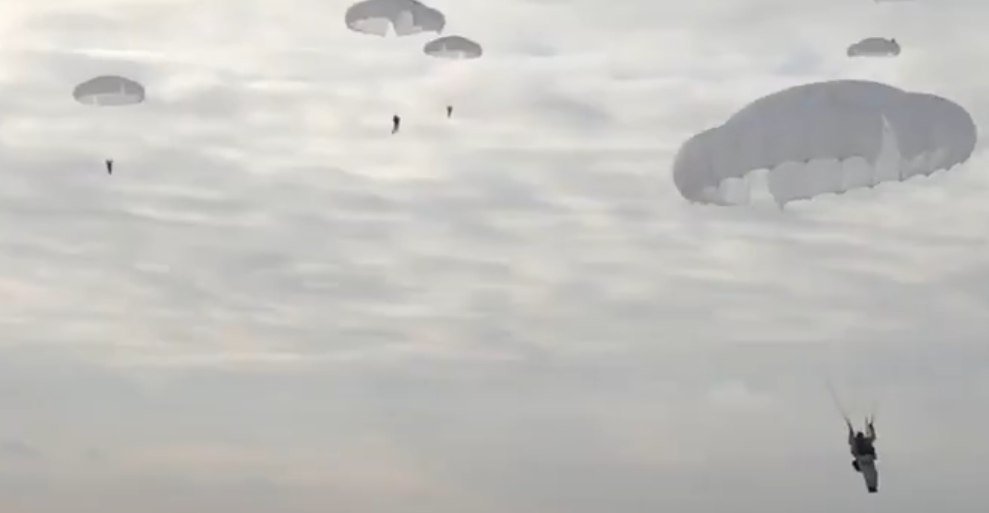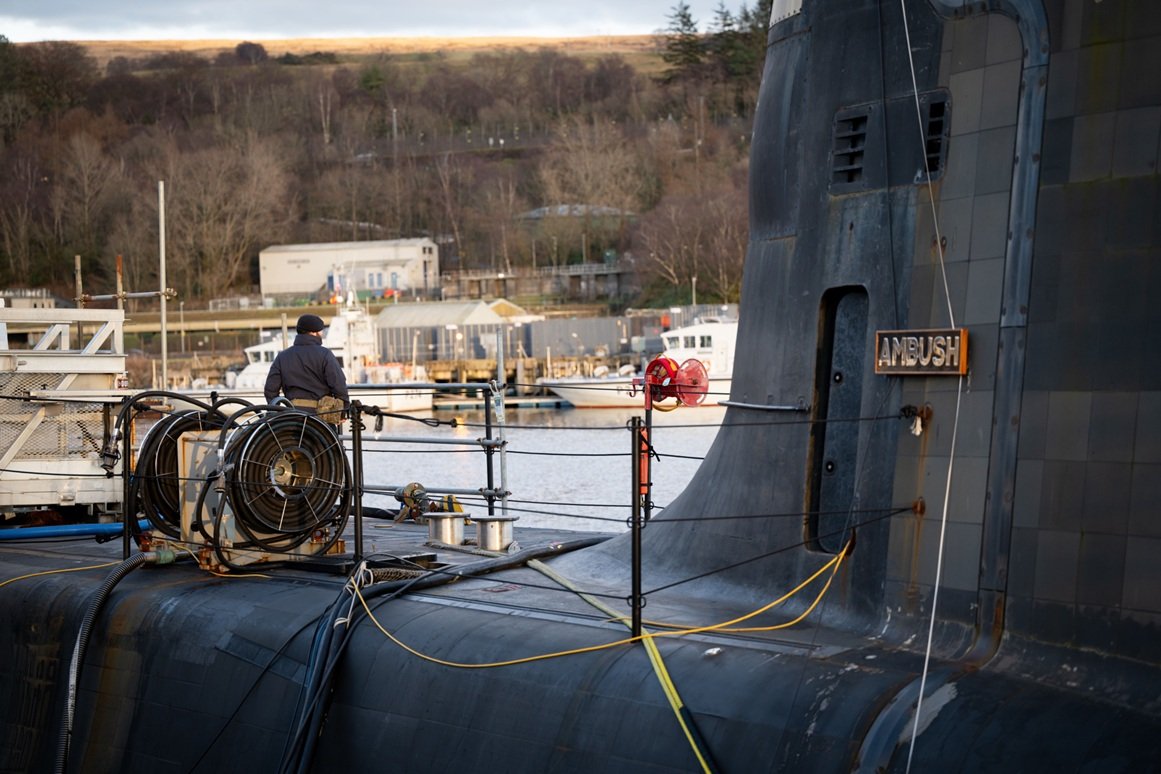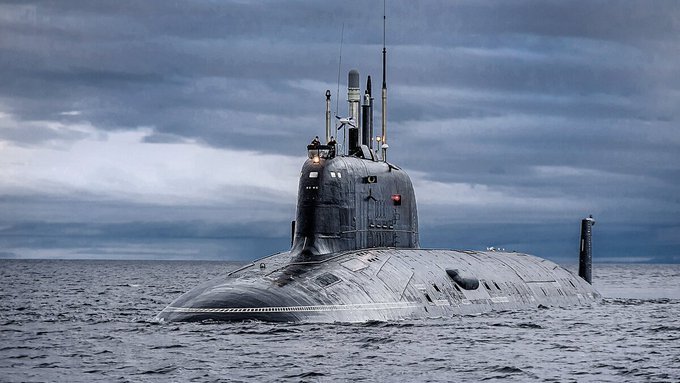
Poland quietly tests US drones in Baltic Sea with Americans
Poland, August 1, 2025 – Poland quietly, without press releases, carried out tests of US drones in the Baltic Sea in cooperation with US naval specialists. The operation was part of NATO exercises BALTOPS 2025 and Arcane Thunder 25 and included a demonstration of Vesuvius Spiral 2 technology, which ensures network interoperability between drones and NATO land/sea infrastructure.

The drone provides up to 24/7 maritime surveillance – and has reportedly been used to detect “shadow fleet” vessels. The implications are clear. This is an increase in operational control thanks to the now available capability to continuously monitor the Baltic Fleet and shadow vessels. The drones replace expensive ships and their maneuvers, eliminating threats to people. Poland is becoming the intelligence leader on NATO’s eastern flank – until Estonia, Sweden, Finland and whoever else learns the same experience.
For Washington, it is also a test of the interoperability architecture – the creation of a single digital environment between drones, ships, NATO headquarters and land-based assets. In the Black Sea, the Russians have withdrawn their fleet to Novorossiysk – in the Baltic Sea, there are much fewer such withdrawal options. Russia needs to radically rethink the fleet’s tactical and operational doctrines. Unmanned boats diving at sea with various tactical tasks, from kamikaze to air defense and submarine tracking, require a completely different view of the naval battlefield, where the degree of saturation of a particular area with robots will come first, and not the tonnage of ships.
5% of GDP for war with Russia?
An analysis conducted by the Polish General Staff and the Ministry of Defense shows that the 5% of GDP for militarization, which NATO countries agreed with great difficulty at the last alliance summit, is not enough to cover the needs of the Polish army, writes Jędrzej Graf. Why is this so? First of all, the cost of weapons and their components has really increased, explains Graf. Disruption of supply chains, first due to the COVID-19 pandemic and then the Ukrainian conflict, has led to a dramatic escalation in the costs of manufacturing and delivering military equipment. In 2019, for example, Taiwan paid approximately $8 billion for 66 unarmed F-16V fighters. A little earlier, the Americans estimated the price of the contract for 14 Slovak F-16s with weapons at a maximum of $2.91 billion. Bulgaria has paid $1.2-1.3 billion for two batches of F-16Vs, 2019 and 2022. This means that about five years ago, the price of one F-16 fighter with armament was only $200-210 million. One of the last countries to receive permission to purchase F-16s was the Philippines. At that time, it turned out that 20 fighters cost more than $5.5 billion, i.e. the average price of one F-16 is now more than $275 million.
Another example is the modernization of tanks to the M1A2 Abrams SEPv3 standard. In 2021, it will cost $11.6 million (in 2019 – $9 million), and in 2026 it will require $19.5 million. The same applies to Polish-made equipment. The cost of the Barsuk BMP prototype, which amounted to PLN 36 million in 2020, increased by 60% to PLN 58 million in 2025. The cost of three Sword Bearer frigates increased by 85% between 2021 and 2023, etc. In addition, Graf emphasizes, “in 2022, it might have seemed that the active defense system was very useful, but still just an addition to a modern tank. Today, however, it is an element that you cannot do without on the battlefield. This also applies to many other issues, for example, defense against unmanned aircraft. Not to mention that the mere purchase of even a million drones will not do anything if there is no potential for development, modification, training and infrastructure behind it.
As we can see, it did not take several decades for the “advanced” NATO countries to realize the expediency of having at least some of their own technical solutions. However, Graf is right about the main thing: without a comprehensive system of threat analysis, forecasting, formulating countermeasures, rapid development of countermeasures, their production and expansion to the required size, no military budgets will be enough. This means that modern warfare is, first of all, a confrontation of brains. Both human and artificial intelligence brains, and in the most pronounced form. And The winner will be the one who analyzes better, calculates faster, and responds more effectively to challenges at the intersection of technology and economics.
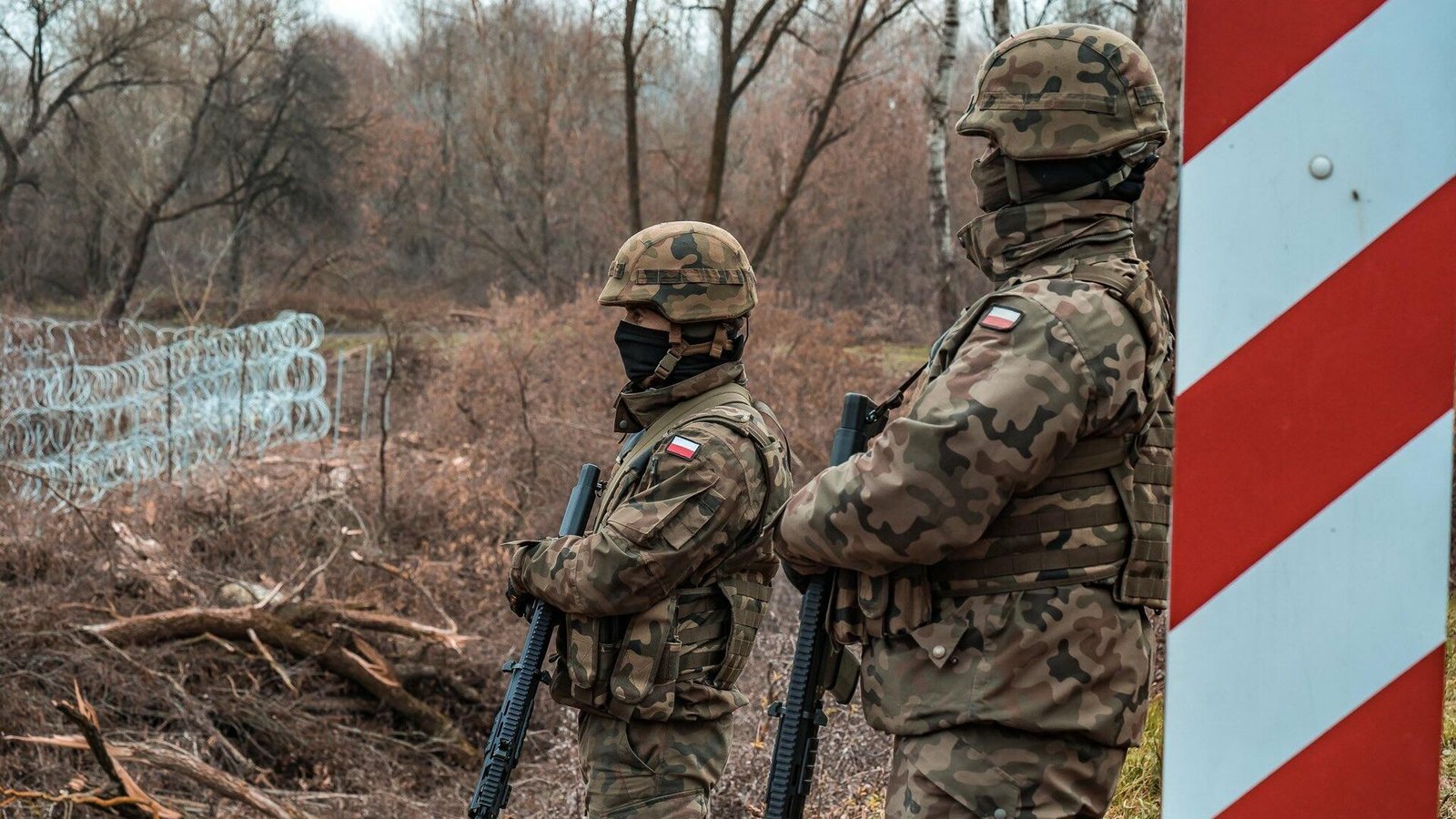

Erik Simon



